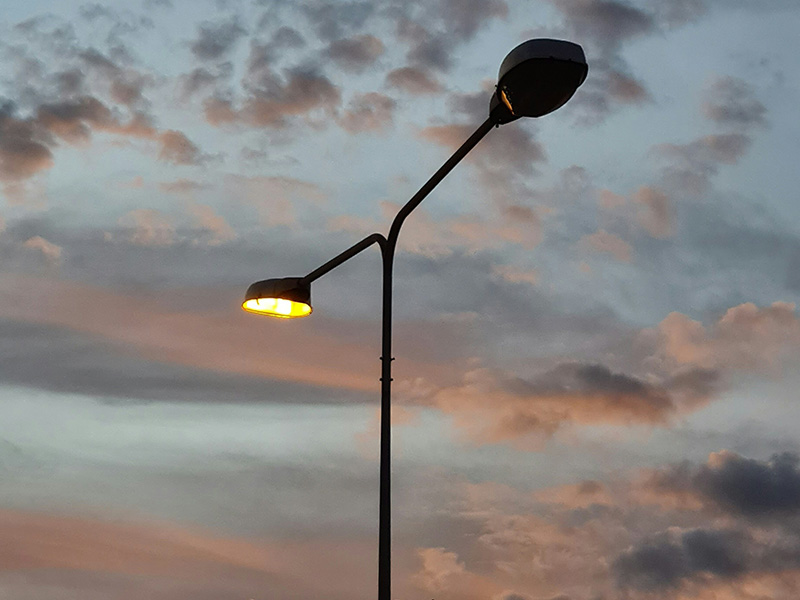In the world of urban planning and management, the efficiency of city services plays a crucial role. One significant area of focus is street lighting, which has evolved significantly with the introduction of LED technology. Fritz Fiedler and Ben Steele from Ameresco recently shared insights on the impact and benefits of smart LED street lighting during a webinar hosted by Cassidy Ellis, a local government program manager at Spear.
LED street lights have become a popular choice for cities due to their energy efficiency and enhanced lighting quality. Fiedler and Steele discussed several advantages of LED lighting over traditional high-pressure sodium (HPS) and mercury vapor lamps. Notably, LED lights offer better color rendering, improved peripheral vision for drivers, and significant energy savings—typically between 60 and 70 percent. They also reduce maintenance costs by up to 80 percent, as LEDs do not have consumable components like traditional bulbs.
Moreover, LED street lights contribute to environmental conservation by reducing light pollution. They provide a more directed light that minimizes scatter and skyglow, helping to preserve the night sky. Fiedler noted the importance of choosing the right fixtures and adopting dark sky-compliant lighting practices to further mitigate light pollution.
The implementation of smart technologies in street lighting was another key point of the presentation. Smart LED systems, often controlled through citywide networks, allow for adjustable lighting levels, real-time maintenance alerts, and integration with other smart city applications. These systems can adapt lighting based on specific community needs and conditions, potentially leading to further reductions in energy use and extending the life of the lighting fixtures.
Fiedler also highlighted the financial aspect of transitioning to LED street lighting. Most cities can expect the conversion to pay for itself within ten years through energy and maintenance savings. He stressed the importance of collaborating with utilities and possibly using smart controls during installation to maximize future savings and benefits.
FAQs:
- What are the main benefits of switching to LED street lighting?
LED street lighting offers numerous benefits, including substantial energy savings, reduced maintenance costs, better light quality, and environmental conservation through decreased light pollution.
- Can LED street lights integrate with other smart city technologies?
Yes, smart LED street lights can serve as a platform for various smart city applications, including environmental sensors, smart parking systems, and public Wi-Fi networks, enhancing overall urban management and services.
- What should cities consider before implementing LED street lighting?
Cities should conduct a detailed inventory of existing lighting, decide on appropriate color temperatures for different areas, and consider the type of smart control systems to install. Collaboration with utility providers is crucial to ensure that the transition benefits both the city and its residents financially and functionally.






